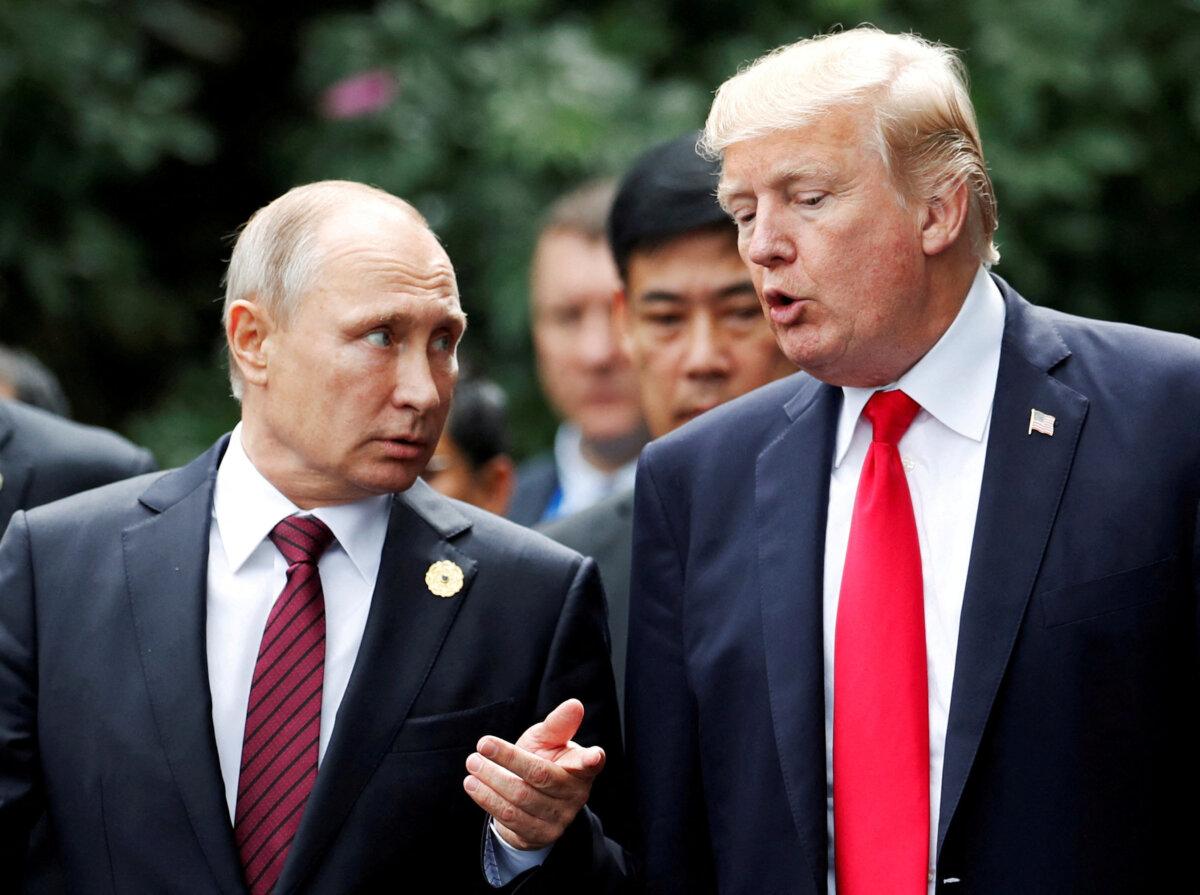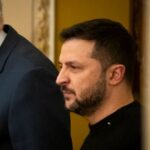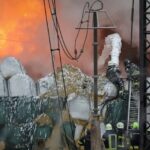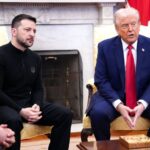By Emel Akan
ANCHORAGE, Alaska—U.S. President Donald Trump departed Washington early on Aug. 15 for Alaska, where he will hold a high-stakes meeting with Russian President Vladimir Putin in a bid to end more than three years of fighting in Eastern Europe.
The summit will take place at Joint Base Elmendorf-Richardson, Alaska’s largest military facility. The choice of venue carries historical weight as Alaska was part of the Russian Empire until the United States purchased it in 1867 for $7.2 million.
Both leaders will begin with a one-on-one meeting, followed by a bilateral lunch with their delegations. A joint press conference is planned for later in the day, after which Trump is scheduled to return to Washington.
Ukrainian President Volodymyr Zelenskyy will not attend the summit.
The White House described the meeting as a listening exercise for Trump to better understand Moscow’s parameters for peace.
On Aug. 14, Trump struck an optimistic tone about the summit.
“I think it’s going to be a good meeting, but the more important meeting will be the second meeting,” he told reporters on Aug. 14 in the Oval Office, referring to a potential follow-up session that could include Zelenskyy and European leaders.
“I‘d like to see it happen very quickly, very shortly after this meeting. I’d like to see it actually happen, maybe in Alaska, where we just stay, because it’s so much easier.”
Earlier in the day, Trump told Fox News radio host Brian Kilmeade that there was a “25 percent chance” his meeting with Putin could end without success.
First Meeting Since Invasion
The Russian president met with then-President Joe Biden in Geneva in June 2021, months before launching a full-scale invasion of Ukraine. This will be the first face-to-face meeting between Trump and Putin since the invasion in February 2022.
On Aug. 14, Putin praised the Trump administration’s “energetic and sincere” efforts to end the war in Ukraine and suggested that a nuclear arms control agreement could emerge from broader peace negotiations.
“The current American administration is making, in my opinion, quite energetic and sincere efforts to stop the hostilities, stop the crisis, and reach agreements that are of interest to all parties involved in this conflict,” Putin told senior Russian officials, according to the Kremlin.
Putin’s aide Yuri Ushakov told reporters on Aug. 14 that Putin and Trump will discuss the “huge untapped potential” for Russia-U.S. economic ties.
According to Ushakov, the two leaders will meet one-on-one at 11:30 a.m. local time (3:30 p.m. Eastern), joined only by their translators.

Ahead of the Alaska summit, Trump and Vice President JD Vance joined a virtual meeting with Zelenskyy, German Chancellor Friedrich Merz, and other European and NATO leaders.
According to a statement from the Ukrainian government, participants reaffirmed during the virtual meeting that peace talks must include Ukraine and be held under a ceasefire.
“In addition, the participants emphasized that international borders cannot be changed by force and that Ukraine, together with other European countries, must have reliable security guarantees,” the statement read.
‘Very Severe Consequences’
On Aug. 13, Trump warned that there will be “very severe consequences” if Putin refuses to end the war in Ukraine after their summit in Alaska.
Last month, amid growing frustration with the slow pace of negotiations, the U.S. president set an Aug. 8 deadline for his Russian counterpart to agree to a cease-fire deal to avoid new U.S. sanctions and economic penalties targeting Russia and its trade partners.
Although the United States did not impose direct sanctions on Russia after Trump’s Aug. 8 deadline expired, it did levy a 50 percent tariff on India last week for continuing to purchase sanctioned Russian oil.
Trump said his decision to impose tariffs on India likely contributed to Putin’s decision to seek the Alaska meeting.
“Certainly, when you lose your second-largest customer and you’re probably going to lose your first-largest customer, I think that probably has a role,” Trump told Fox News radio.
According to Seth Jones, president of the defense and security department at the Center for Strategic and International Studies, increased sanctions on the Russian energy sector could cause significant pain for the country’s economy.
“Energy sanctions could be combined with sanctions against other Russian exports, such as minerals, metals, agricultural goods, and fertilizers,” he stated in a recent note. “Russia is grappling with stubborn inflation, labor shortages, and limited paths to economic growth.”
Tom Ozimek and Ryan Morgan contributed to this report.





